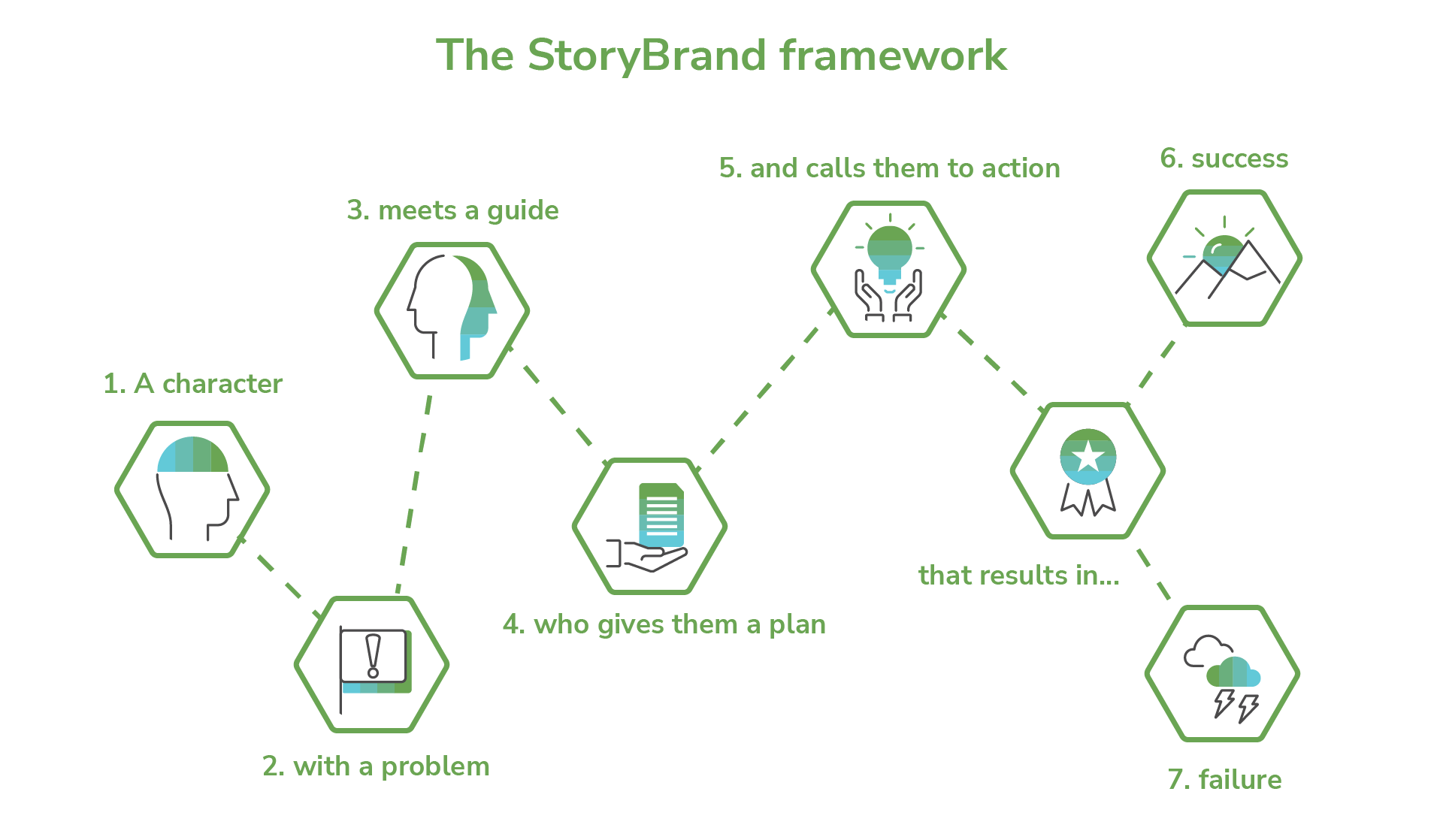什么是Storytelling Framework?定义、结构与品牌应用全解
Storytelling Framework(叙事框架)是品牌和内容营销中提升影响力的结构化方法。本文权威解读Storytelling Framework的定义、四大核心组成(故事、意义、仪式、跨媒介),并结合AI搜索优化、品牌内容优化等实际应用,助力企业打造高效品牌叙事。适合数字营销、品牌管理、内容创作者快速查阅与深度学习。


One-Sentence Definition
A storytelling framework is a structured model that guides the creation of compelling narratives by organizing story elements—such as plot, meaning, rituals, and media—into a cohesive, emotionally resonant, and strategically aligned sequence.
Detailed Explanation
A storytelling framework provides a repeatable structure for crafting stories that connect with audiences, clarify brand messaging, and drive action. In marketing and brand management, these frameworks help brands move beyond ad hoc storytelling to a systematic approach that integrates narrative logic, emotional engagement, and multi-channel distribution. According to recent research, an effective storytelling framework encompasses four key dimensions: the story itself (narrative structure and themes), meaning (brand values and purpose), ritual (shared symbolic actions or experiences), and transmedia (distribution across multiple platforms) (Zimand-Sheiner, 2024).
Key Components of a Storytelling Framework
Story (Narrative Structure): The backbone of the framework, including the protagonist, conflict, transformation, and resolution. Common structures include the Hero’s Journey, StoryBrand, Pixar, and Freytag’s Pyramid (Demodia).
Meaning (Brand Values): Embeds the brand’s mission, vision, and values into the narrative, ensuring the story resonates with the target audience and differentiates the brand.
Ritual (Shared Actions): Incorporates rituals or repeated actions that reinforce the story’s meaning and foster community, such as customer events, traditions, or user-generated content.
Transmedia (Multi-Platform Distribution): Spreads the story across various channels (websites, social media, video, etc.), ensuring consistency while adapting the message for each platform.
Real-World Applications
Brand Storytelling: Companies use frameworks like StoryBrand or the Hero’s Journey to structure About Us pages, campaigns, and case studies. For example, Nike’s “Just Do It” campaign follows the Hero’s Journey, positioning the customer as the hero overcoming obstacles.
Content Marketing: Marketers apply storytelling frameworks to blog posts, social media, and presentations, making content more engaging and memorable (HubSpot).
AI-Driven Optimization: Platforms like Geneo help brands analyze and refine their storytelling by providing actionable content suggestions, sentiment analysis, and performance tracking across AI-powered search engines. For instance, a brand can use Geneo to optimize its About Us narrative, ensuring it ranks higher in AI search results and resonates emotionally with audiences.
Related Concepts
Brand Story: The unique narrative that defines a brand’s identity and values.
Content Strategy: The overarching plan for creating, publishing, and managing content.
Narrative Arc: The shape of change or transformation within a story.
Content Outline: A structural checklist for organizing content, distinct from the emotional and logical flow provided by a storytelling framework.
Hero’s Journey: A classic narrative structure often used within storytelling frameworks.
Visual Example: StoryBrand Framework

Why Storytelling Frameworks Matter
Research in neuroscience shows that stories activate neural coupling, emotional engagement, and memory retention, making them far more effective than facts alone (NeuroLeadership Institute). A well-structured storytelling framework ensures your brand’s message is not only heard but remembered and acted upon.
Ready to optimize your brand’s story for the AI era? Try Geneo and see how actionable insights can elevate your storytelling and search performance.




